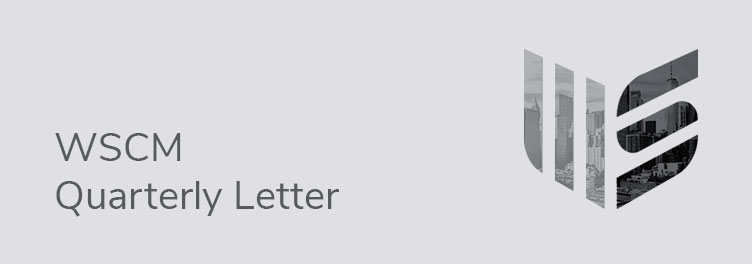
WELCOME TO 2019
The S&P 500 fell 6.2% last year, not including dividends. Volatility picked up as central banks became less accommodating with both federal funds hikes and balance sheet drain. The European Central Bank also started tapering. Most asset classes struggled while the U.S. yield curve flattened. Equity market volatility intensified in December and consumer confidence fell, partly in reaction to hawkish remarks by the Federal Reserve. Earnings, however, grew an estimated 22% last year, and perhaps a little bit more. The result of these seemingly contradictory factors? A contraction in the market’s price/earnings ratio—the fifth largest decline since World War II.
So far this year the S&P 500 is up 5%—and we expect further increases ahead. An analysis by UBS recently looked at 26 cases since WWII of meaningful price/earnings declines for U.S. stocks in a single year. It found that the median returns the following years were 16%. Much will depend on the manmade headwinds negatively impacting the major economies. It would appear that the U.S. Federal Reserve has come off autopilot and may slow interest rate hikes. Investors are also starting to predict a possible resolution to the U.S./China trade discussions. No trade war escalation will eradicate a major headwind—though keeping the recent tax cuts in place, along with increased government spending, will more than offset current trade risks. The removal of the tariffs should improve capital spending, the life blood of future economic growth, which has been hobbled in recent months. Additionally, 2018’s combined incremental benefit of consumer tax cuts and lower gasoline prices could increase in 2019.
While we have a constructive outlook on the future level of equity prices, we don’t think it is time to blow the all-clear signal just yet. A lot of what we have talked about is solvable but the resolutions still lie in the future. If we factor in the host of global economic problems and the disarray in Washington, there is reason for some caution. U.S. economic growth will probably slow to around 2.5% this year and corporate profits to the low single digits. But slowing economic growth and profits should not be confused with negative growth. Historically speaking, the former outcome does not end in a recession or a bear market. Our concern is the damage done to the equity markets in a very short period of time resulting in the worst correction since 2011. After such corrections, it often takes the market several months of volatility before it establishes a base from which to move sustainably forward.
January 2019
Click to download
PLEASE NOTE: Unless otherwise stated, the firm and any affiliated person or entity 1) either does not own any, or owns less than 1%, of the outstanding shares of any public company mentioned, 2) does not receive, and has not within the past 12 months received, investment banking compensation or other compensation from any public company mentioned, and 3) does not expect within the next three months to receive investment banking compensation or other compensation from any public company mentioned. The firm does not currently make markets in any public securities.